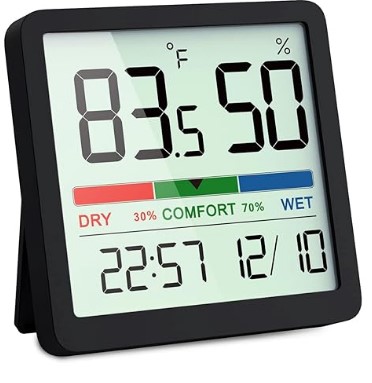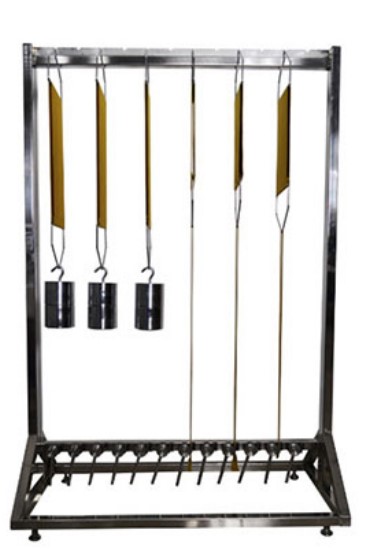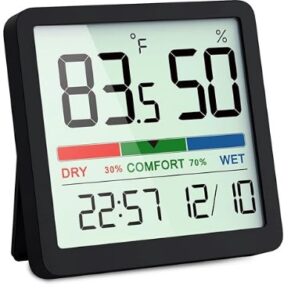Spray Rating Tester

Spray Rating Tester
The Spray Rating Tester is a textile testing instrument used to evaluate the water resistance or water repellency of fabric surfaces. It measures how well a fabric can resist wetting when exposed to a controlled spray of water, helping assess its performance in rain or damp conditions.
Purpose of Spray Rating Tester
– To assess surface wetting resistance of textiles.
– Commonly used for outdoor clothing, rainwear, tents, and performance fabrics.
Working Principle of Spray Rating Tester
– A fabric specimen is mounted at a 45° angle.
– Water is sprayed from a standard nozzle for a specific time.
– After spraying, the fabric is visually rated based on the appearance of water drops and wetting.
Key Components of Spray Rating Tester
– Spray Nozzle: Delivers a consistent, standard water spray.
– Funnel & Reservoir: Controls the flow and volume of water.
– Specimen Holder: Positions the fabric at a 45° angle.
– Spray Stand: Ensures accurate nozzle height and positioning.
Standards Used of Spray Rating Tester
– AATCC 22
– ISO 4920
– BS EN 24920
Applications of Spray Rating Tester
– Rainwear and water-resistant textiles.
– Quality control in fabric finishing.
– R&D for performance apparel.
Benefits of Spray Rating Tester:
- Quick and Simple Evaluation – Offers a fast way to assess fabric water repellency without complex setup.
- Standardized Testing- Complies with AATCC 22 and ISO 4920, ensuring globally accepted results.
- Cost-Effective- Low maintenance and no power requirement make it economical for routine lab use.
- Improves Fabric Performance – Helps manufacturers develop or improve water-resistant textiles.
- Non-Destructive Test – Does not damage the fabric, allowing for additional tests on the same sample.
- Visual Grading- Easy to interpret using a standard spray rating chart (0 to 100 scale).
- Supports Quality Control – Detects finish degradation or variation in water-repellent treatments.
- Portable and Compact- Lightweight design allows easy use in various lab or field settings.
Features of Spray Rating Tester:
- Standardized Spray Nozzle – Delivers consistent water spray per AATCC and ISO specifications.
- 45° Specimen Mounting Angle – Ensures uniform test setup for accurate and repeatable results.
- Stainless Steel or Aluminum Frame – Corrosion-resistant and durable for long-term use with water exposure.
- Water Reservoir and Funnel System – Provides precise water volume (usually 250 ml) for each test.
- Graduated Spray Stand- Fixed height (150 mm above specimen) for controlled spray impact.
- Detachable Specimen Holder- Easy loading and removal of fabric samples.
- Compact and Lightweight Design – Portable and convenient for both lab and field testing.
- No Electricity Required – Fully manual operation increases reliability and reduces operating costs.
How to Use Spray Rating Tester:
- Prepare the Sample – Cut fabric to standard size (usually 180 × 180 mm). – Condition the sample if required (21°C, 65% RH for 24 hours).
- Mount the Fabric – Place the fabric on the specimen holder at a 45° angle.
- Fill the Reservoir – Pour 250 ml of distilled water into the upper funnel.
- Start the Test – Release the water through the nozzle; it sprays over the fabric for about 25–30 seconds.
- Inspect the Fabric – After spraying, visually assess the water beading or penetration on the surface.
- Rate the Sample – Compare the fabric’s wetting pattern with the standard spray rating chart: – 100 = No sticking/wetting – 90–50 = Partial wetting – 0 = Complete wetting
- Record the Rating – Document the spray rating for quality control or reporting.
Spray Rating Tester,
Water Repellency Tester
Spray Reting Tester
[Scope of application]:
Used for the determination of moisture resistance (wetting grade) of various fabrics
which have been or have not been treated with water resistance or water repellency.
[related standards]:
GB/T4745 ISO4920 AATCC22 JISL1092 etc.
[technical parameters]:
1. Glass funnel:150 x 150 (capacity 500ml)
2. Specimen placement angle:The level is 45 degrees.
3. Distance from nozzle to sample center:150mm
4. Specimen diameter:Ф150mm
5. Size of water receiving pan:500×400×30mm
6. Matching measuring cups:500ml
7, size 500 x 400 x 500mm
8. Instrument weight:5Kg
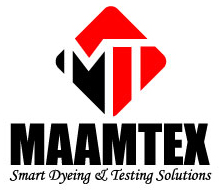

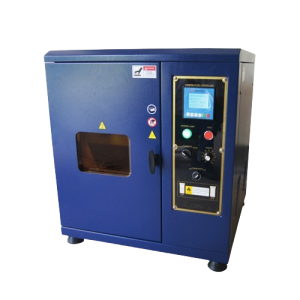
 Products
Products
 Martindale abrasion tester Updated
Martindale abrasion tester Updated
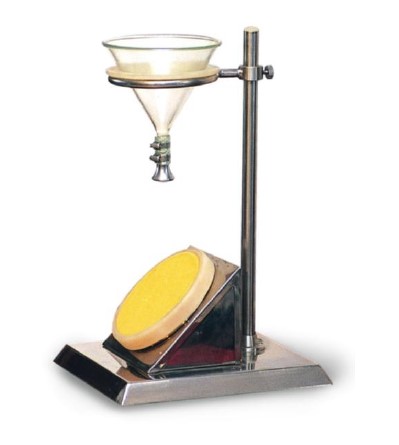
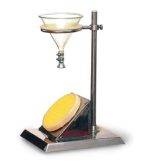

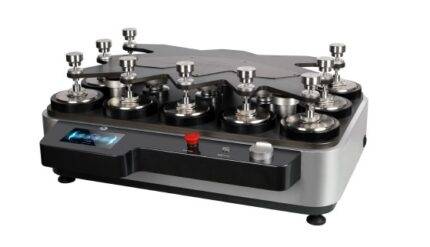





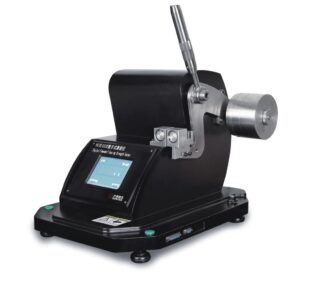
 Scope of application
It is used for the determination of the tear resistance of various woven
fabrics (Elmendorf method), and it can also be used for the determination
of the tear resistance of thick paper, plastic sheeting, electrical tape, etc.
Related standards
GB/T 3917.1 FZ/T60006 FZ/T75001 ISO1974/9290 ASTM D1424/5734
etc.
Instrument characteristics
1. Maximum 300N test range
2. Microcomputer control, digital decoding, support online
communication
3. Color touch screen control, Chinese and English menu operation
interface
4. Pneumatic clamping, automatic cutting
5. A variety of measurement units (cN, gf) selection
6. Fully automatic operation with safe operation protection.
7. Automatically increase potential energy
[Technical parameter]:
1. Test range: first gear: (0~16)N second gear: (0~32)N third gear: (0~
64)N fourth gear: (0~128)N fifth gear: (0~300)N
2. Test accuracy: ≤±0.2%F·S
3. Tearing length: 43mm (non-standard 30-60mm can be set)
4. Automatic incision length: (20±0.2)mm
5. Sample size: (100×63)mm
6. Specimen clamping: pneumatic way
7. Sample test: Up to 10 sets per group on the device side, and 30 sets
of data can be selected to be saved
8. Power supply: AC220V±10% 50Hz 100W
9. Dimensions: (650×660×680)mm
10. Weight: 50kg
[Sample of control interface]:(English version is also available.)
Scope of application
It is used for the determination of the tear resistance of various woven
fabrics (Elmendorf method), and it can also be used for the determination
of the tear resistance of thick paper, plastic sheeting, electrical tape, etc.
Related standards
GB/T 3917.1 FZ/T60006 FZ/T75001 ISO1974/9290 ASTM D1424/5734
etc.
Instrument characteristics
1. Maximum 300N test range
2. Microcomputer control, digital decoding, support online
communication
3. Color touch screen control, Chinese and English menu operation
interface
4. Pneumatic clamping, automatic cutting
5. A variety of measurement units (cN, gf) selection
6. Fully automatic operation with safe operation protection.
7. Automatically increase potential energy
[Technical parameter]:
1. Test range: first gear: (0~16)N second gear: (0~32)N third gear: (0~
64)N fourth gear: (0~128)N fifth gear: (0~300)N
2. Test accuracy: ≤±0.2%F·S
3. Tearing length: 43mm (non-standard 30-60mm can be set)
4. Automatic incision length: (20±0.2)mm
5. Sample size: (100×63)mm
6. Specimen clamping: pneumatic way
7. Sample test: Up to 10 sets per group on the device side, and 30 sets
of data can be selected to be saved
8. Power supply: AC220V±10% 50Hz 100W
9. Dimensions: (650×660×680)mm
10. Weight: 50kg
[Sample of control interface]:(English version is also available.) 
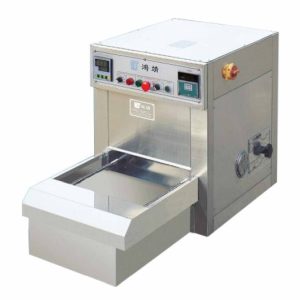

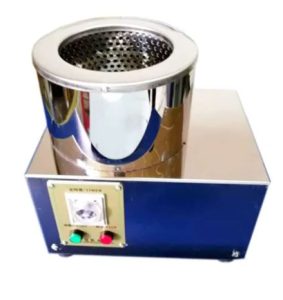
 Brad: DUNLIN
Origin: China
Application scope of small dehydrator:
This dehydrator is a kind of small sample dehydration
experimental equipment with micro capacity
Parameter specification:
Inner barrel size: 185mm in diameter * 80Hmm
Outer barrel size: ∮200*125Hmm
Overall dimension: 290 * 220* 295Hmm
Power supply: single phase 220 V / 50 Hz power: 60 W speed: 1800 R / min
Brad: DUNLIN
Origin: China
Application scope of small dehydrator:
This dehydrator is a kind of small sample dehydration
experimental equipment with micro capacity
Parameter specification:
Inner barrel size: 185mm in diameter * 80Hmm
Outer barrel size: ∮200*125Hmm
Overall dimension: 290 * 220* 295Hmm
Power supply: single phase 220 V / 50 Hz power: 60 W speed: 1800 R / min
